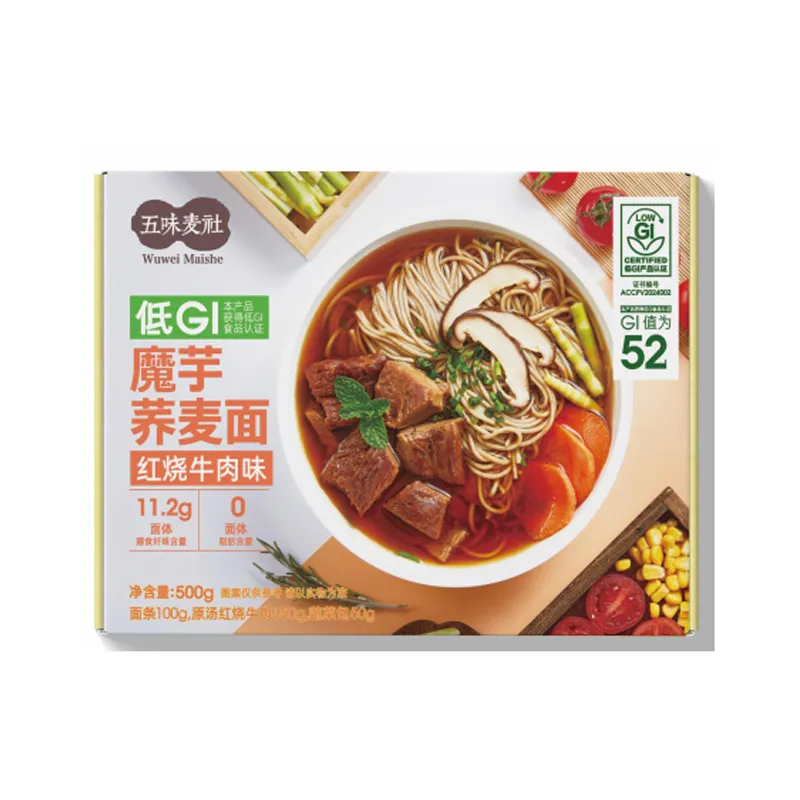how healthy is whole wheat pasta
How Healthy is Whole Wheat Pasta?
Whole wheat pasta has gained popularity in recent years as a healthier alternative to traditional white pasta. Made from whole grain wheat, it retains the bran, germ, and endosperm of the grain. This results in a product that is not only nuttier in flavor but also packed with nutrients. In this article, we will explore the health benefits of whole wheat pasta, its nutritional profile, and how it can fit into a balanced diet.
Nutritional Profile
Whole wheat pasta is a nutrient-rich food, providing a range of essential vitamins and minerals. A standard serving of cooked whole wheat pasta (about 1 cup) contains approximately
- Calories 174 - Protein 7.5 grams - Carbohydrates 37 grams - Fiber 6 grams - Fat 1 gram - Iron 1.5 mg (8% of the daily value) - Magnesium 23 mg (6% of the daily value)
The most significant advantage of whole wheat pasta lies in its high fiber content. The fiber found in whole grains is known for promoting digestive health, aiding in regular bowel movements, and providing a feeling of fullness. This can be particularly beneficial for individuals trying to manage their weight.
Health Benefits
1. Heart Health Whole grains, including whole wheat pasta, are associated with a lower risk of heart disease. The fiber, antioxidants, and other compounds in whole grains help lower cholesterol levels, reduce inflammation, and improve overall heart health.
2. Weight Management The fiber content in whole wheat pasta not only aids digestion but also helps in weight management. High-fiber foods are typically more satiating, meaning you are likely to feel fuller for longer. This can help prevent overeating and make it easier to maintain a healthy weight.
3. Blood Sugar Control Whole wheat pasta has a lower glycemic index compared to white pasta, which means it causes a slower rise in blood sugar levels. This is particularly advantageous for individuals managing diabetes or those at risk of developing the condition.
how healthy is whole wheat pasta

4. Rich in Nutrients Whole wheat pasta is a good source of several essential nutrients, including B vitamins (such as folate and thiamine), iron, and magnesium. These nutrients play vital roles in energy production, immune function, and overall metabolic processes.
How to Incorporate Whole Wheat Pasta into Your Diet
Transitioning to whole wheat pasta can be simple and delicious. Here are a few tips for incorporating it into your meals
- Start Slowly If you are used to eating white pasta, you might want to start by mixing white pasta with whole wheat pasta to gradually adjust to the taste and texture.
- Pair with Nutrient-Dense Ingredients Whole wheat pasta can be paired with a variety of healthy ingredients. Consider adding a mix of vegetables, lean proteins (like chicken, fish, or legumes), and healthy fats (such as olive oil or avocado) to create a balanced meal.
- Experiment with Sauces Whole wheat pasta can be enjoyed with a range of sauces, from classic tomato-based sauces to pesto or olive oil with garlic and vegetables. Get creative with herbs and spices to enhance flavor without adding excess calories.
- Mind Portion Sizes While whole wheat pasta is healthier than its white counterpart, it's still essential to watch your portion sizes. Keep your servings to around 1 cup, and fill half your plate with vegetables to ensure a balanced meal.
Conclusion
Whole wheat pasta is a nutritious and versatile food that can be a valuable addition to a healthy diet. Its high fiber content, combined with essential vitamins and minerals, supports various aspects of health, from heart wellness to weight management. By replacing traditional white pasta with whole wheat options and pairing them with nutrient-dense ingredients, you can enjoy satisfying and wholesome meals. Remember that the key to a healthy diet is balance and variety, so make whole wheat pasta one of the many wholesome ingredients in your culinary repertoire.
-
Unleash Your Inner Chef with Delectable Italian Pasta CreationsNewsAug.01,2025
-
Savor Health and Flavor: Irresistible Soba Noodles for Sale Await!NewsAug.01,2025
-
Nourish Your Body with Premium Organic Ramen - A Culinary Delight AwaitsNewsAug.01,2025
-
Elevate Your Dishes with Our Exquisite Kinds of Egg NoodlesNewsAug.01,2025
-
Dive into Flavorful Convenience with Our Ramen OfferingsNewsAug.01,2025
-
Discover Exquisite Types of Naengmyeon and Chilled Soba NoodlesNewsAug.01,2025
-
Is Whole Wheat Pasta Healthy?NewsMay.30,2025
Browse qua the following product new the we

















































































































